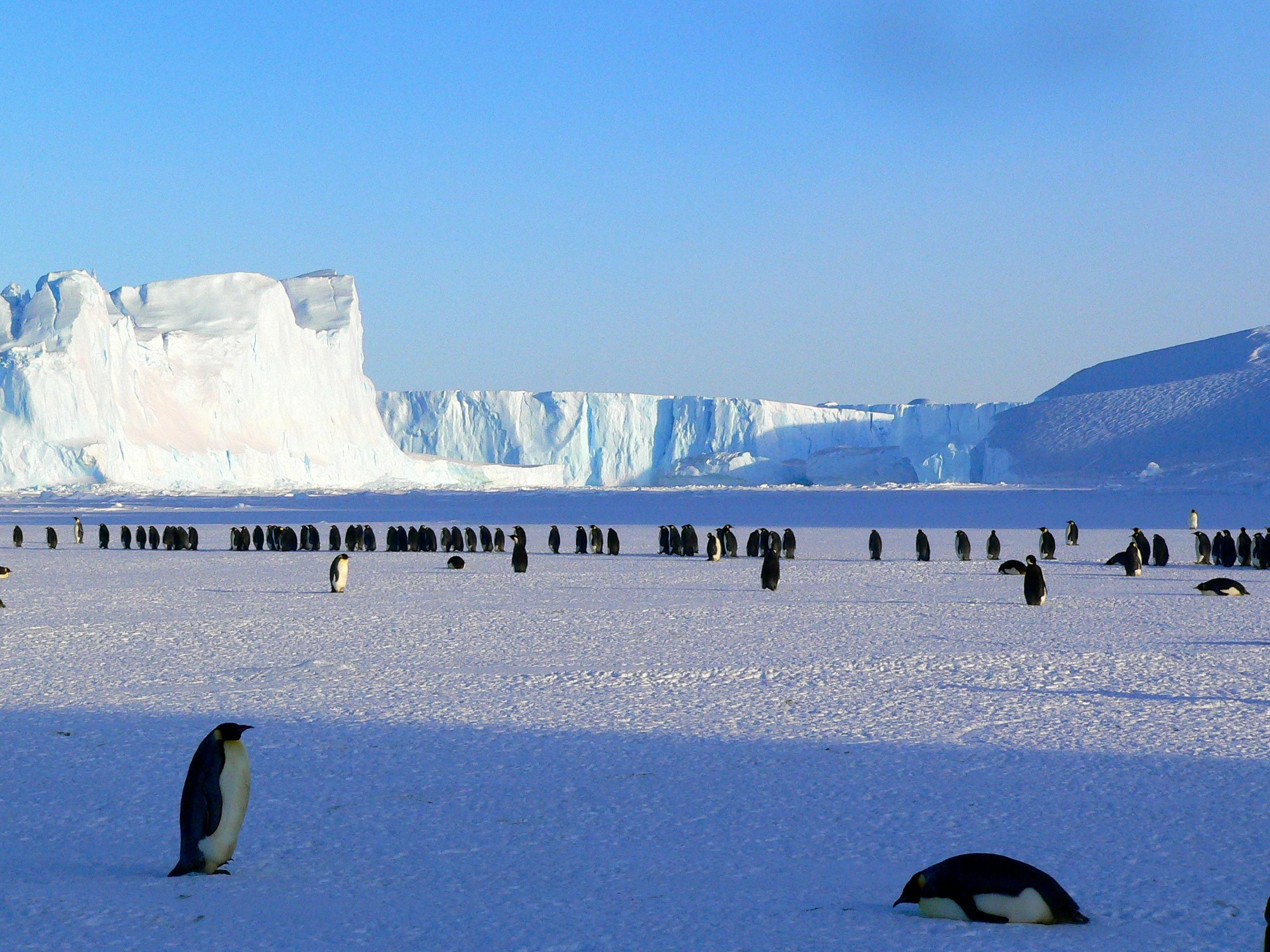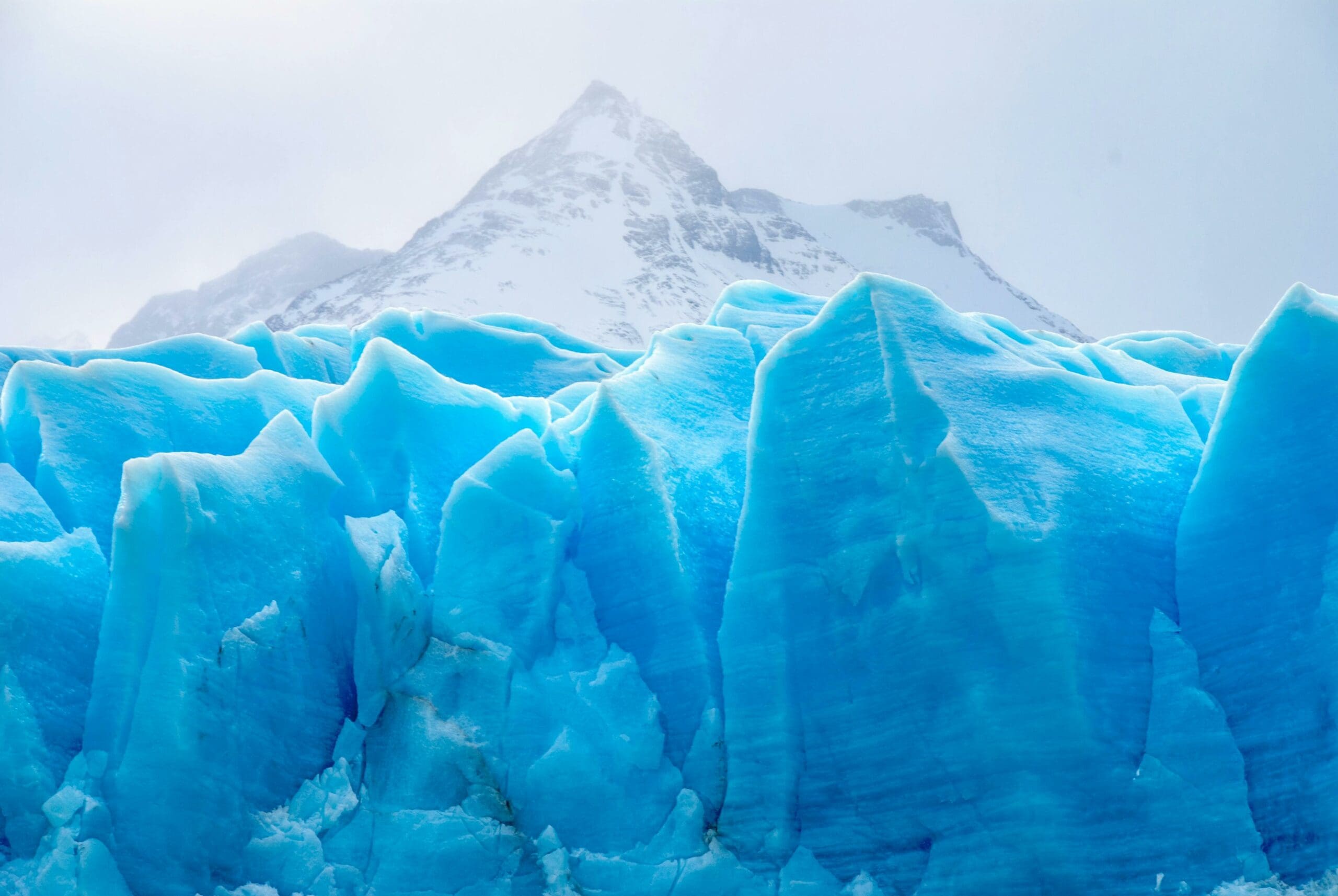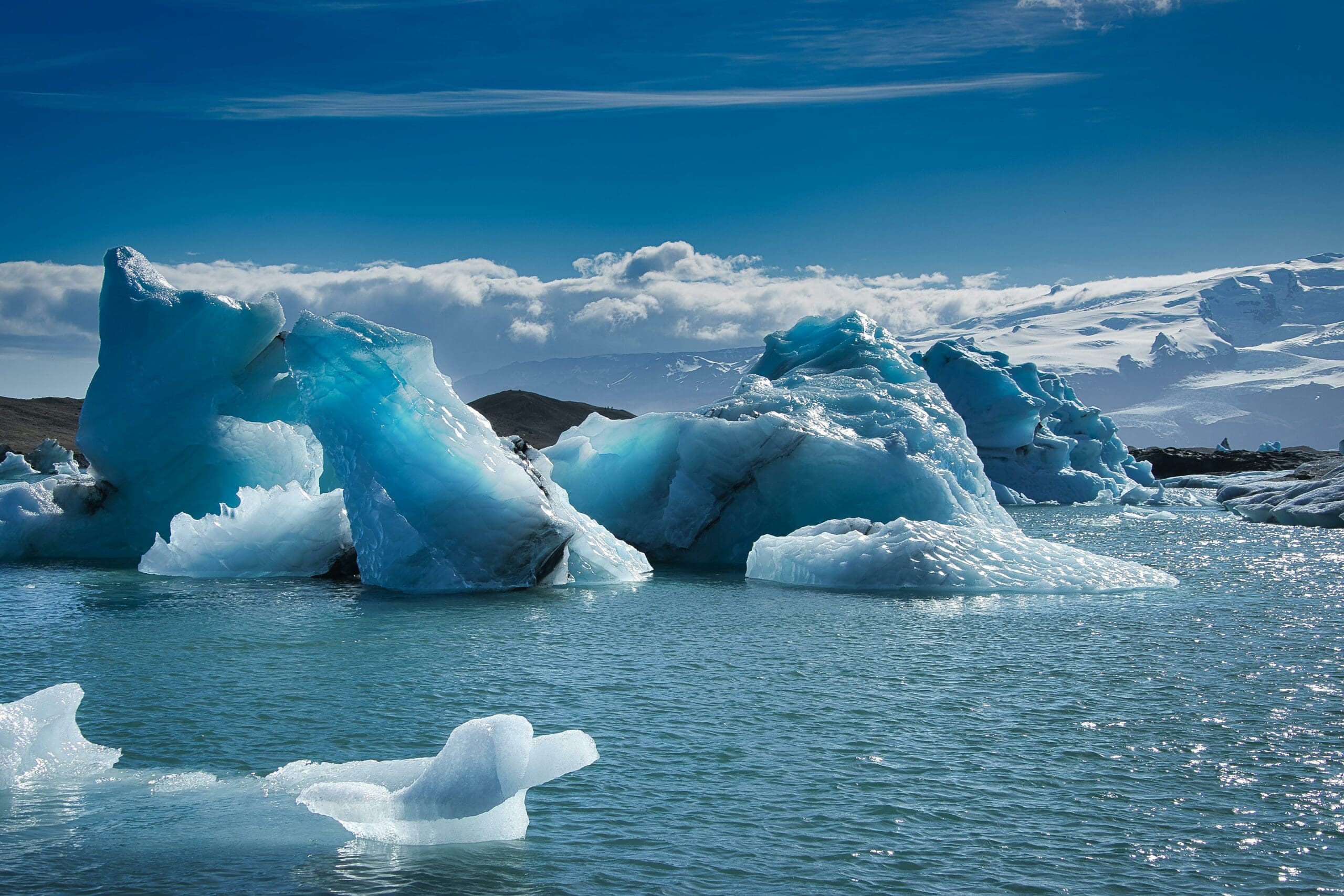
Glaciers Facts for Kids – 5 Glowing Facts About Glaciers
Table of Contents
Glaciers are so beautiful to look at! Let’s discover five glowing glaciers facts for kids.
Glaciers Facts for Kids Fact Number 1: There Are Two Types of Glaciers
Glaciers are usually divided into two groups. These are Alpine glaciers and Continental glaciers. Alpine glaciers are glaciers which form on mountainsides and move downward through valleys. These are most common glaciers and found in nearly all continents, bar Australia. They are also known as Cirque glaciers. Continental glaciers are ice sheets, which are spread out and cover larger areas. The Greenland and Antarctic ice sheets are examples of continental glaciers.

Glaciers Facts for Kids Fact Number 2: Glaciers Can Grow very Large
The largest glacier in the world is the Lambert Glacier. This is located in Antarctica and it measures roughly 80- 100 km wide, 400 km long and 2.5km deep. It is nearly as long as the Grand Canyon! Glaciers can grow to be hundreds of miles long. Even glaciers that are considered small are roughly about the size of an American football field. That’s a lot of ice.
Glaciers Facts for Kids Fact Number 3: Glaciers Are Blue
You would think because glaciers are formed from snow that they would be white. Well, this isn’t completely true, as some glaciers can appear blue. The snow and ice in a glacier absorbs red light from white light and reflects blue light. This is why when we see glaciers they look blue to us. This is similar to how chlorophyll in plants reflects green light making them appear green.

Glaciers Facts for Kids Fact Number 4: Glaciers Are Formed from Snow
Glaciers are huge, thick masses of ice. They form over hundreds of years when lots of snow falls in one location. Over time, the snow that has fallen on the bottom gets squashed down by the weight of falling snow. This compressed snow turns into ice, eventually forming a glacier. Glaciers hold about 70% of the world’s freshwater supply. Fresh water is essential for us to survive on Earth.
Glaciers Facts for Kids Fact Number 5: Glaciers Can Move
Did you know that glaciers can actually move. This movement occurs very very slowly and if you were watching a glacier you probably wouldn’t notice much. Depending on the conditions, some glaciers can move quite a distance. The Kutiah Glacier in Pakistan holds the record as the fastest glacier. Over a period of three months in 1953, it travelled a 12 km distance.
Glaciers can flow from higher ground to lower ground and can sometimes even flow all the way to the sea. This is how we get icebergs. The largest iceberg recorded was named the B-15. It broke off from the Antarctic ice shelf and it had a surface area of roughly 11,000 square kilometres. That’s about seven times as big as London.

We hope you enjoyed learning more things about glaciers as much as we loved teaching you about them. Now that you know how majestic these glaciers are, you can move on to learn about other climate and weather stuff like: Beaches and Lakes.
Why not subscribe to our LearningMole Library for as little as £1.99 per month to access over 2800 fun educational videos.


Leave a Reply